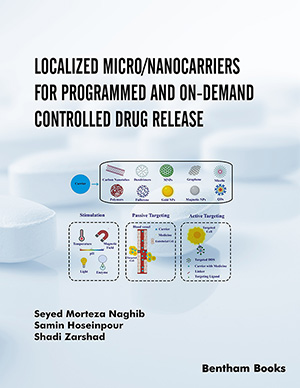Abstract
Background: Vitamin D is a fat-soluble vitamin, and it is a potential key factor in maintaining a healthy status. Various observational studies have reported the association between vitamin D deficiency and an elevated risk of osteoporosis, cardiovascular disease, diabetes mellitus, and certain types of cancer. The number of studies that investigates the genetic determinants of vitamin D hydroxy metabolism has been growing. Still, its association with the genetic variants remains unclear, particularly those genes related to vitamin D metabolism.
Aims: This work is a comprehensive review of available evidence of the effect of genetic variants on vitamin D metabolism and their impact on vitamin D status in the human body, disorders including coronavirus disease 2019 infection, and its importance for clinical investigators and public health.
Results: Genome-wide association studies and candidate gene studies show that genetic factors are influencing the circulating levels of vitamin D. These genetic changes are implicated in various pathways of vitamin D, such as metabolism and transport. It is also involved in the formation of the ternary complex (vitamin D receptor - retinoid receptor - transcription factor II B).
Conclusion: Linkage studies may fail to identify replicated genetic architecture of vitD metabolism. Genome-wide association studies and the candidate gene approach have shown reproducible influences of gene control on vitD status.
Keywords: Vitamin D, genetic polymorphism, vitamin D deficiency, 25-hydroxyvitamin D, epigenetic, steroid hormone.























